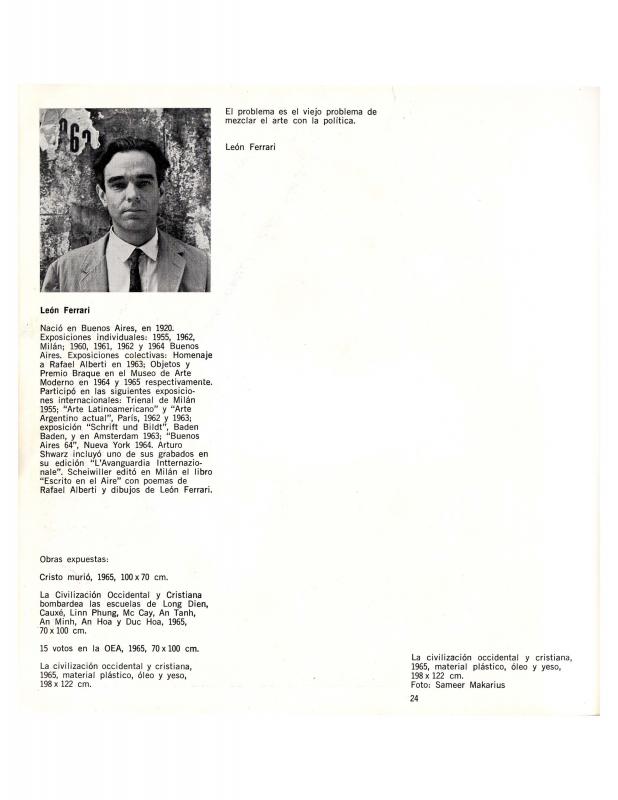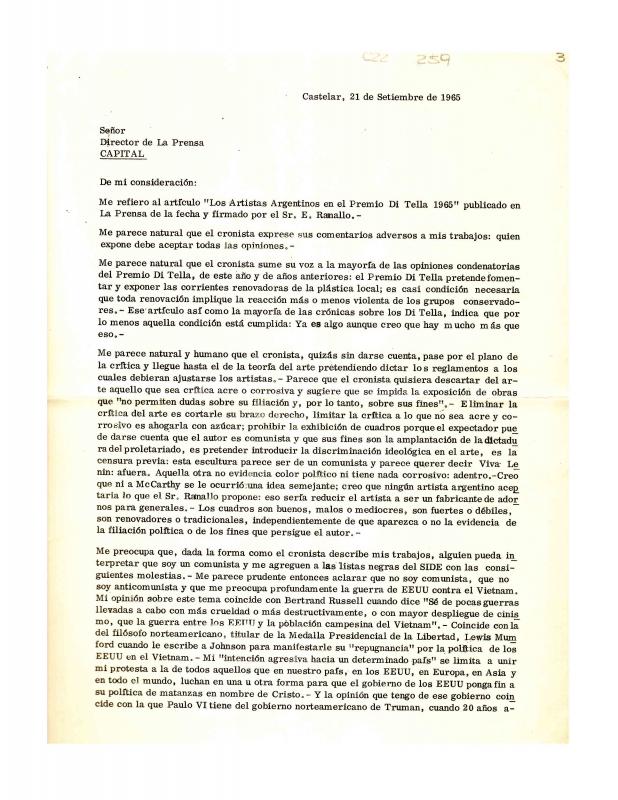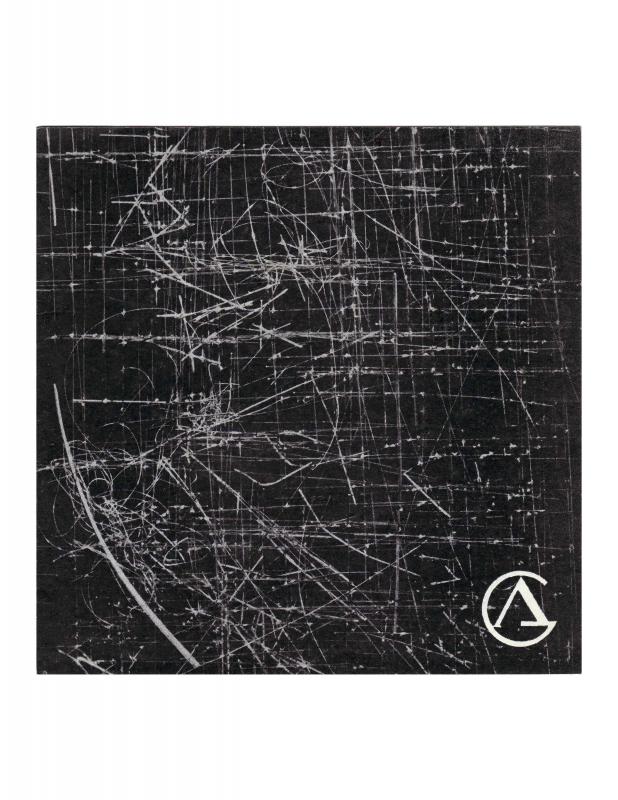León Ferrari (1920–2013), an Argentinean artist fleeing the persecution of the dictatorship in Argentina, lived in Brazil from 1976 to 1984. During that time, he developed both sculpture with metal rods and graphic works using Letraset. He approached visual poetics through the artists Julio Plaza (1938–2003) and Regina Silveira (b. 1939), executing series that tried out various expressive experimental media. It was in his Brazilian period that he developed certain performances that made use of sound to accompany his sculptures, presented during the Winter Festival at Campos do Jordão (State of São Paulo).
Ferrari, son of the Italian artist and architect Augusto Cesare Ferrari, came to the visual arts late in life. This allowed him to function as a link between the late-1950s generation of artists and the young avant-garde artists of the 1960s. His first works were ceramic sculptures; later he made experimental works with wire structures; he also used writing with visual effects and collages. Some of his work emphasizes political positions—his strong opposition to military dictatorships, U.S. imperialism and the reactionary ideology of the Catholic Church. Other works are more formalistic, conceptual drawing and some work created within the Surrealist tradition. His sculpture-object entitled La civilización occidental y cristiana (1965) was censored by the Centro de Artes Visuales del Instituto Torcuato Di Tella [see doc. no. 743800, doc. no. 744085 and doc. no. 761879]. It consists of a Christ figure from an altar mounted on a US Air Force bomber in a nosedive. Ferrari participated in the experiences of political conceptual art in the 1960s (in particular in Tucumán Arde, 1968). Affected by the repression exercised by the last Argentinean military dictatorship (1975?83) and the murder of his son, Ariel, he went into exile in Brazil. There his explorations included the formalistic line and the reproducibility of artworks, as well as the spatial relationship of sculpture to music (there are several texts in this respect, including [doc. no. 743960, doc. no. 744392 and doc. no. 743870]). In 1984, León Ferrari returned to Buenos Aires to exhibit his work and ended up remaining in Argentina.
There is also a short Buenos Aires newspaper article about the artist’s musical structures, written by Jorge Feinsilber [doc. no. 744032] and a text on his wires and drawings [doc. no. 744125].








